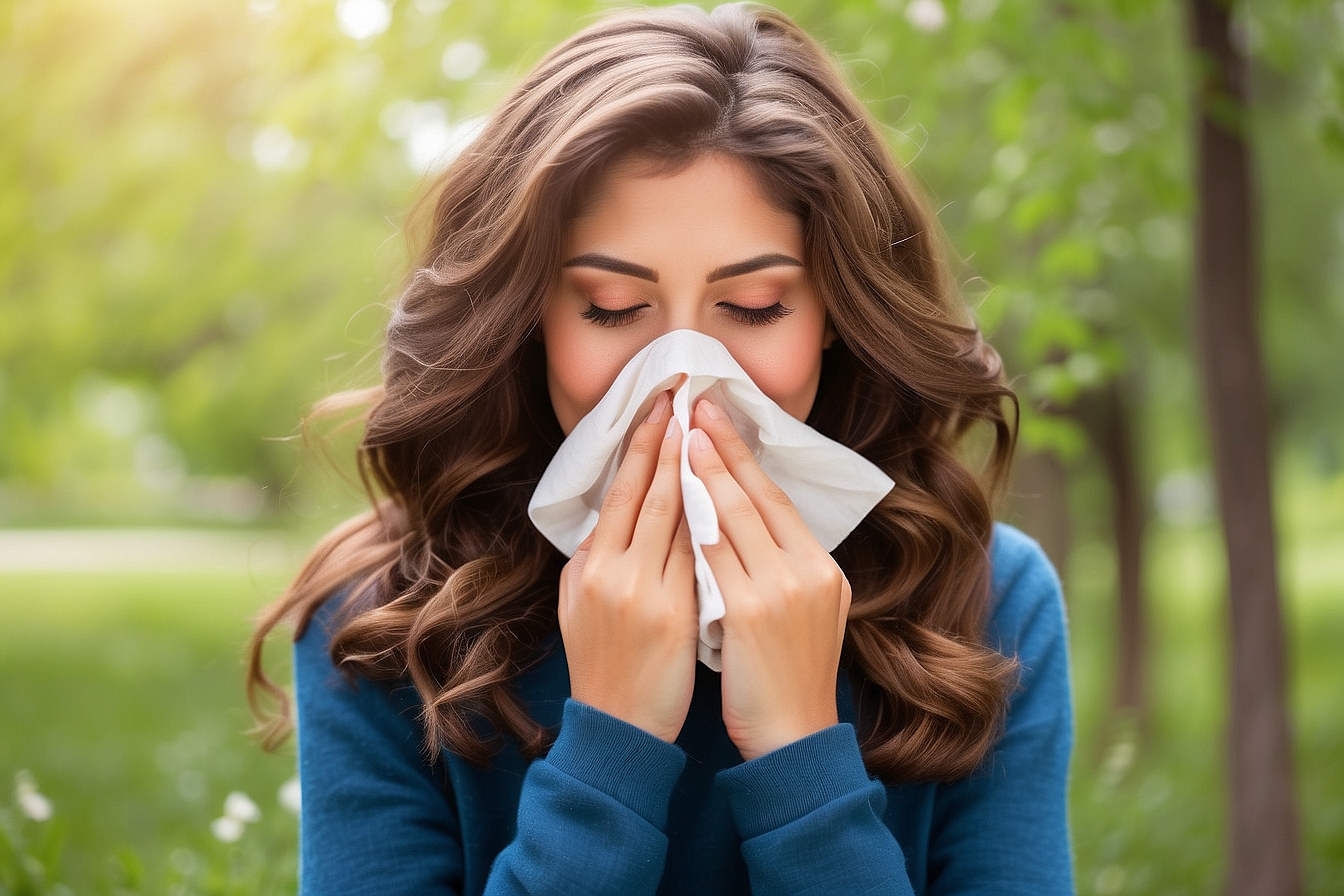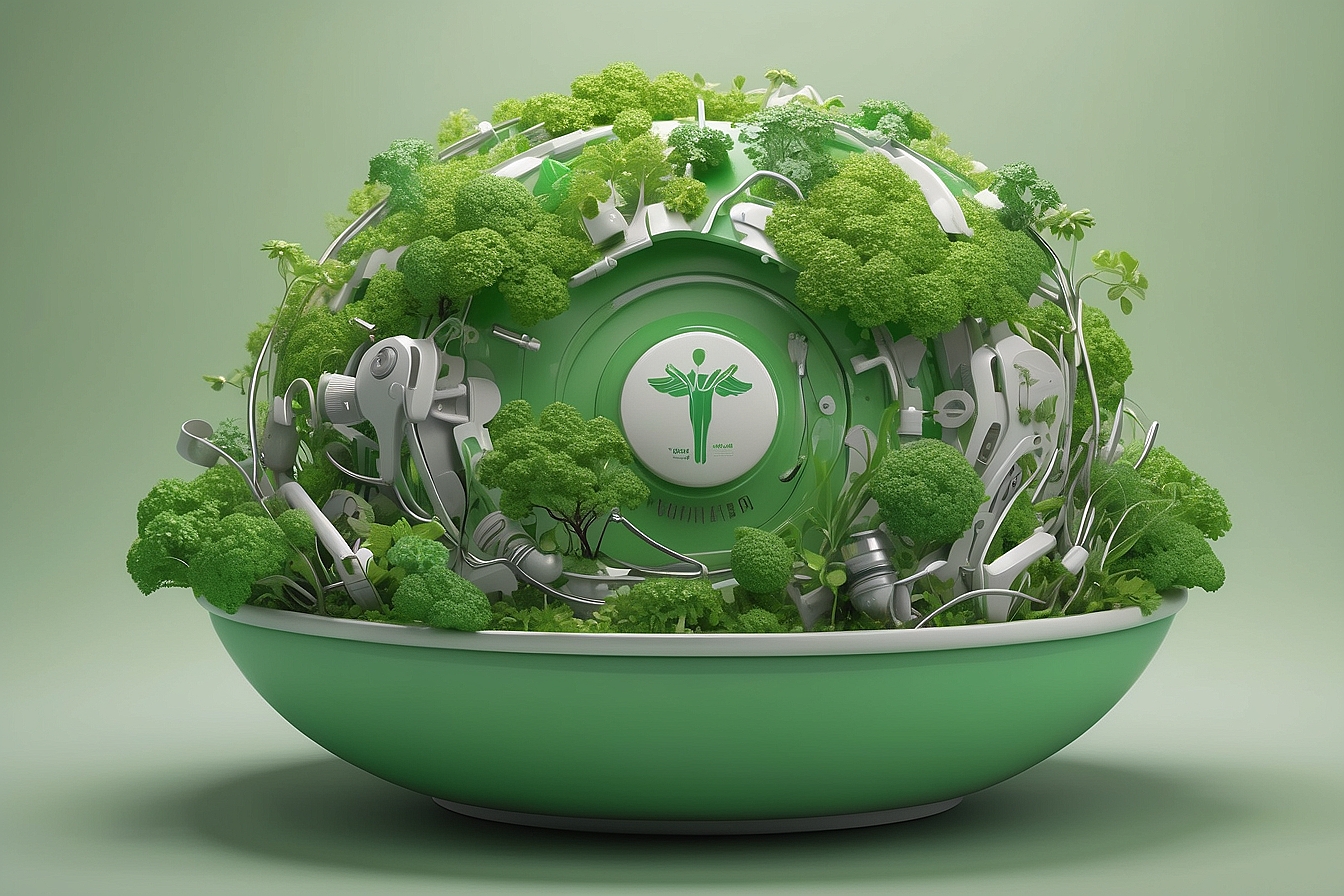Amidst the constant hum of city life, it’s all too common to feel the toll on our well-being, leaving us hankering after a spot of serenity. We truly understand this sentiment – indeed, who among us doesn’t long for a moment of calm in the urban hubbub? Our delve into the world around us uncovers that verdant parks and gardens are more than mere eye candy; they’re sanctuaries that kindle both physical vigour and inner tranquillity.
So let’s embark on a journey together to unearth these pockets of wellness that lie just beyond your front door!
Key Takeaways
- Urban green spaces significantly enhance physical health by providing settings for exercise such as walking, jogging, and cycling which prevent chronic diseases.
- Access to parks and gardens in cities lowers stress levels, improves moods, boosts cognitive function, and encourages vital social interactions.
- Community involvement in maintaining and expanding urban green areas is pivotal for their preservation against threats like pollution and urbanisation.
- Designing inclusive green spaces ensures equity by allowing people of all backgrounds to reap the wellness benefits regardless of socioeconomic status.
- Future urban planning must prioritise protecting these areas to sustain community health benefits, combat climate change effects, and foster biodiversity.
The Value of Urban Green Spaces in Promoting Healthy Living and Wellbeing
Urban green spaces play a crucial role in promoting healthy living and wellbeing by providing opportunities for physical activity, reducing stress and anxiety, and facilitating social interactions.
They contribute to overall community wellness and support a healthier urban environment.
Links to exercise and physical health benefits
We understand the importance of staying active and the role urban green spaces play in promoting physical health. Parks, gardens and nature reserves provide perfect settings for a variety of workouts.
- Public gardens give us room to stretch, practice yoga or engage in tai chi, boosting our flexibility and reducing muscle tension.
- Jogging paths in parks encourage regular cardio exercise, which is essential for heart health and lung capacity improvement.
- Green spaces often include cycling lanes that promote biking as an effective low – impact exercise helping with weight management.
- Community gardens offer opportunities for gardening activities that contribute to overall fitness by improving strength and endurance.
- Nature reserves allow for hiking and walking which not only burn calories but also enhance bone density.
Links to mental health and overall wellbeing
Urban green spaces also have a significant impact on mental health and overall wellbeing. Access to green spaces in cities can contribute to reduced stress, improved mood, and enhanced cognitive function. It also provides opportunities for relaxation, self-reflection, and emotional restoration.
- Stress Reduction: Spending time in urban green spaces can help lower stress levels by providing a calming environment where individuals can unwind and escape the pressures of city life.
- Mood Enhancement: Green spaces offer a serene setting that can positively influence mood, leading to feelings of happiness, calmness, and contentment.
- Cognitive Function Improvement: Exposure to nature in urban areas has been linked to improved attention, concentration, and cognitive performance due to the restorative effects it offers.
- Opportunities for Relaxation: Urban green spaces provide areas for relaxation activities such as walking, meditation, or simply enjoying the beauty of natural surroundings.
- Emotional Restoration: Being in nature within an urban environment allows individuals to disconnect from daily routines and recharge emotionally, contributing to an overall sense of wellbeing.
- Self-Reflection: Green spaces also offer opportunities for contemplation and introspection, enabling individuals to gain perspective and clarity on personal matters.
- Social Connection: Green spaces facilitate social interaction with others within the community, fostering a sense of belonging that contributes to overall mental wellbeing.
Social contact benefits
Engaging in activities within urban green spaces allows us to interact with others, fostering social connections and a sense of community. These settings provide opportunities for people to come together, engage in conversation, and build relationships.
Whether it’s a shared picnic area or a playing field where children can play, these spaces facilitate positive interactions and the formation of meaningful bonds with others who share similar interests.
Utilising urban green spaces enables individuals to take part in group activities such as sports or community events, cultivating a supportive environment that contributes to overall mental wellbeing.
Factors Affecting Use of Green Spaces in Urban Areas
The factors that influence the use of urban green spaces play a significant role in determining their health benefits. Understanding these determinants and mechanisms is crucial for creating accessible and inclusive green spaces in urban areas.
Determinants of use
- Community demographics and population density play a crucial role in the utilisation of urban green spaces.
- Access to green spaces and the proximity of these areas to residential neighbourhoods significantly influence their use.
- The quality and maintenance of green spaces have a direct impact on how frequently they are utilised by the community.
- Individual preferences, lifestyles, and cultural practices also affect the extent to which people engage with urban green spaces.
- Availability of recreational facilities within green spaces and the promotion of active living contribute to increased usage.
- Supportive policies, including incentives for community engagement and organised activities, encourage regular visitation to urban green spaces.
- Education and awareness campaigns about the health benefits of green spaces can influence public perception and usage patterns.
Mechanisms of action for the health benefits
Urban green spaces contribute to health benefits through various mechanisms. The presence of green spaces encourages physical activity, providing opportunities for walking, jogging, or cycling.
This promotes improved cardiovascular health and helps combat sedentary lifestyles in urban environments. Additionally, exposure to nature within cities has been linked to reduced stress levels and improved mental wellbeing.
The calming effect of greenery can mitigate the negative impacts of urban stressors on mental health. Moreover, access to green spaces fosters social interactions and community cohesion, contributing to overall wellbeing.
Furthermore, the presence of green spaces in urban areas acts as natural air purifiers by absorbing harmful pollutants and releasing oxygen. This enhances environmental quality and mitigates the negative effects of pollution on public health.
Additionally, diverse plant life in these areas supports urban biodiversity which is crucial for maintaining ecological balance within cities.
Limitations of the evidence base
While research shows the benefits of urban green spaces, limitations exist in the evidence base. These limitations stem from factors such as variations in study designs and methodologies, making it challenging to establish causal relationships between green space exposure and health outcomes.
Additionally, limited long-term studies hinder our ability to fully understand the sustained impact of urban green spaces on mental and physical health. Despite these challenges, ongoing research efforts strive to address these limitations, providing a more comprehensive understanding of the relationship between urban green spaces and public health.
Furthermore, disparities in access to green spaces across different demographic groups pose challenges in drawing conclusive evidence on their health impacts. This hinders a comprehensive understanding of how urban green spaces can optimally contribute to promoting equitable public health benefits.
Community Health Benefits of Green Spaces
Urban green spaces provide a range of community health benefits, including improved physical and mental health, as well as promoting equity and accessibility. To learn more about the positive impact of green spaces in urban areas, keep reading!
Improved physical health
Green spaces in urban areas contribute to improved physical health by providing opportunities for outdoor activities such as walking, jogging, and cycling. These activities help individuals maintain a healthy weight, improve cardiovascular health, and reduce the risk of chronic diseases like obesity, diabetes, and heart disease.
In addition, exposure to nature in cities has been linked to lower stress levels and improved mental wellbeing which can positively impact physical health. The air quality in green spaces is also generally better than in built-up areas due to the presence of plants that absorb pollutants, leading to respiratory benefits for those who spend time outdoors.
The use of public green spaces promotes physical activity among community members while also encouraging social interactions with others through group fitness classes or playing team sports.
Enhanced mental health
Urban green spaces play a crucial role in enhancing mental health. Being surrounded by nature in urban areas has been linked to reduced stress, anxiety, and depression, contributing to overall psychological wellbeing.
Research has shown that exposure to green spaces can improve cognitive function and attention span, providing a much-needed break from the hustle and bustle of city life.
Moreover, spending time in urban green spaces encourages physical activity and social interaction, both of which are essential for maintaining good mental health. By providing a peaceful escape from the concrete jungle, these natural environments create opportunities for relaxation and rejuvenation while fostering a sense of connection with the surrounding community.
Promoting equity and accessibility
Promoting equity and accessibility in urban green spaces is vital for ensuring that everyone has equal opportunities to benefit from the health advantages they offer. By creating and maintaining green areas in all neighbourhoods, regardless of socioeconomic status, we can bridge the gap between communities and provide an environment where everyone can access nature’s wellness benefits.
Initiatives to make these spaces inclusive for all members of society are essential to address social inequalities in health outcomes.
Improving equity also involves considering the specific needs of different groups within communities, such as children, elderly individuals, and those with disabilities or chronic illnesses.
Threats to Urban Green Spaces and Solutions
Green spaces in urban areas are at risk due to factors such as urbanisation, pollution, and lack of funding for maintenance. Solutions include implementing sustainable urban planning, investing in green infrastructure, and community engagement in preserving and expanding green spaces.
Potential threats
Urban green spaces face numerous potential threats that can jeopardise their existence and benefits for the community:
- Pollution: Air and water pollution can damage the natural environment in urban green spaces, posing health risks to both humans and wildlife.
- Urbanisation: Rapid urban development often encroaches upon green spaces, leading to their fragmentation and loss.
- Invasive species: Non-native plants and animals can disrupt the balance of urban ecosystems, harming indigenous flora and fauna.
- Climate change: Extreme weather events, such as heatwaves and heavy rainfall, can damage green spaces and impact their ability to support biodiversity.
- Lack of funding: Insufficient investment in maintaining and cultivating urban green spaces can result in neglect and underutilisation.
Solutions for preserving and expanding green spaces
To preserve and expand green urban spaces, we can implement the following solutions:
- Advocate for local policies that prioritise the protection and creation of green spaces in urban planning.
- Engage in community initiatives to maintain existing green areas and establish new ones through volunteering and collaboration.
- Support campaigns and organisations advocating for conservation and expansion of urban green spaces.
- Encourage sustainable development practices that include green infrastructure in urban projects.
- Educate the public on the importance of urban green spaces for health, environmental, and social benefits to garner widespread support.
- Partner with local authorities, businesses, and stakeholders to secure funding for the maintenance and creation of green spaces in cities.
Conclusion and Future Perspectives
In conclusion, urban green spaces play a crucial role in promoting physical and mental well-being. They offer opportunities for exercise, social interaction, and relaxation, contributing to improved overall health.
Preserving and expanding these areas is vital for the health of communities and the environment alike. As we look to the future, continued efforts should be made to protect and enhance urban green spaces for the benefit of all.
FAQs
1. What are the health benefits of urban green spaces?
Urban green spaces boost physical and mental health, offering a refreshing change from city life, which can improve overall wellbeing.
2. Why are green spaces important in cities?
Green spaces in cities are crucial because they offer social and psychological benefits, create a healthier environment, and can even lead to economic advantages by making areas more attractive.
3. How do urban green spaces impact our health?
Urban green spaces encourage people to exercise more, reduce stress levels, and help clean the air we breathe, positively affecting both physical and mental health.
4. Can having more green spaces influence urban development?
Yes! Including more green areas can shape urban development for the better by providing evidence-based benefits to residents’ health while promoting sustainable living practices.





